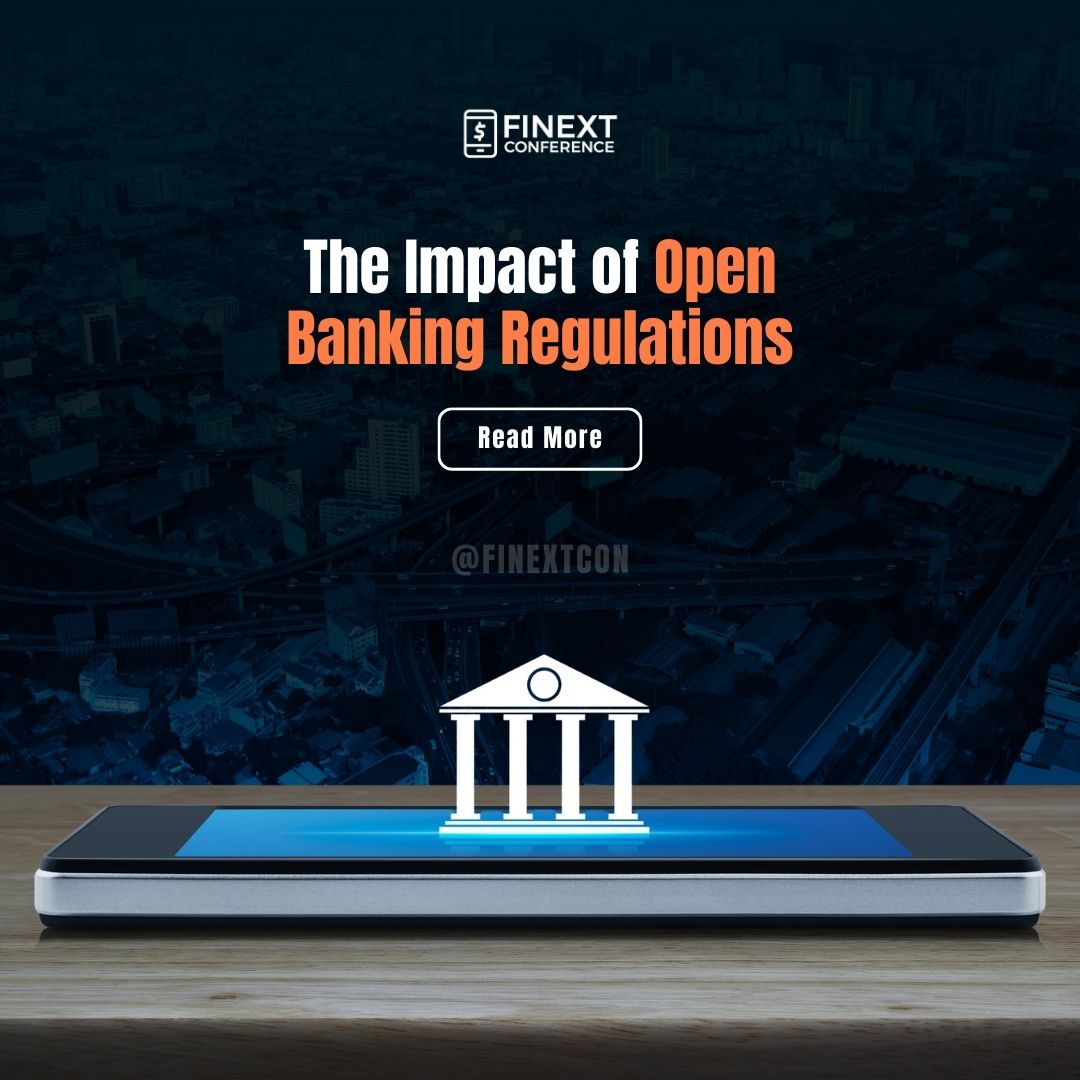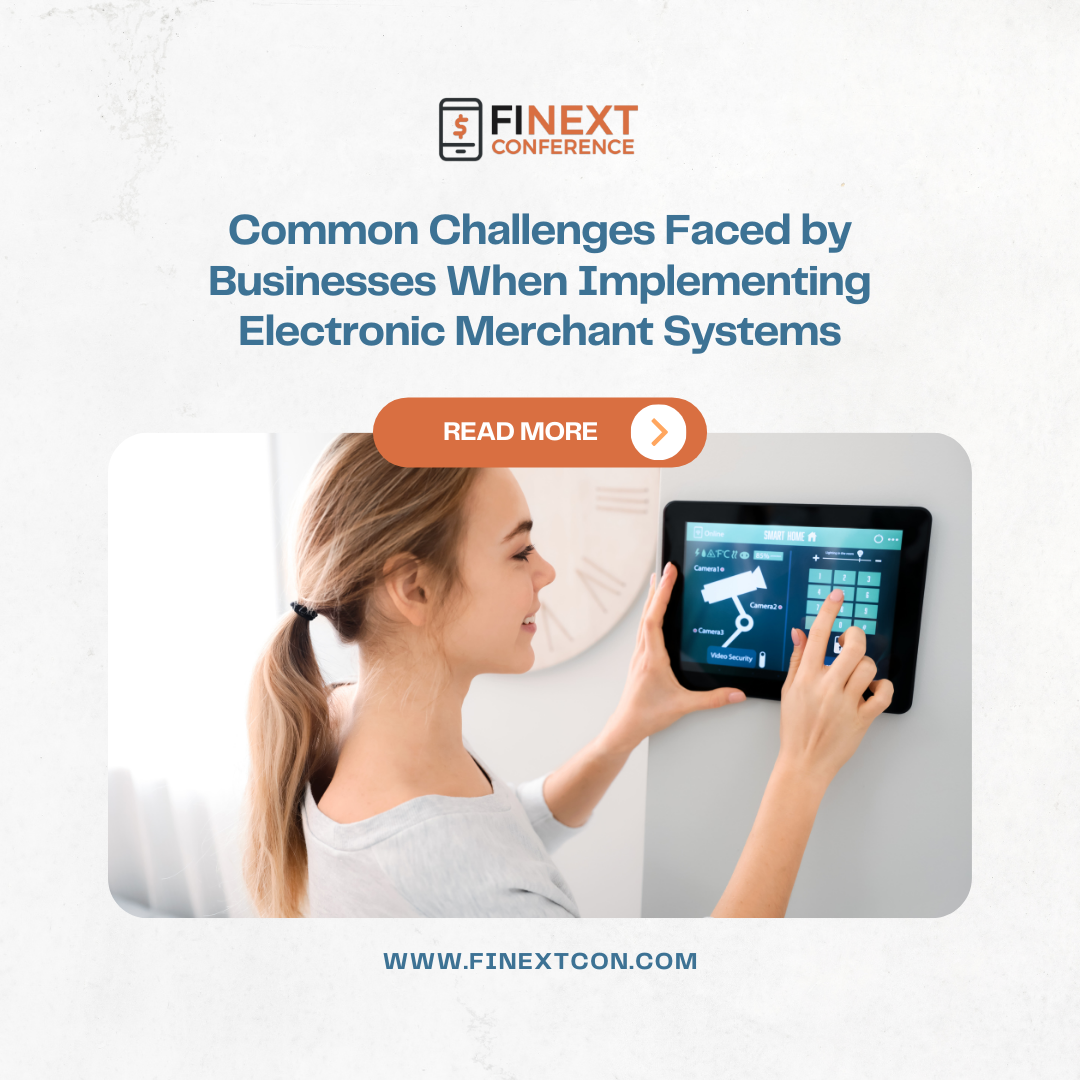The Evolution of Online Banking: Trends Shaping 2025
Tag: Banking Conference in APAC
AI and Machine Learning in Finance: Opportunities for APAC Businesses
Artificial Intelligence (AI) and Machine Learning (ML) are rapidly transforming the financial services industry in the Asia-Pacific (APAC) region. As APAC businesses embrace these technologies, they are unlocking significant opportunities to drive growth, enhance customer experiences, and gain a competitive edge. Embracing AI and ML in APAC Finance APAC businesses are recognizing the immense potential of AI and ML. A recent survey found that 92% of midmarket companies in APAC identify generative AI as a key business priority. Another study revealed that 51% of APAC companies have already adopted generative AI, with Singapore emerging as the global leader at 59%. Driving Business Efficiency and Growth AI and ML offer APAC finance firms numerous benefits, including: Challenges and Considerations While the opportunities are vast, APAC businesses must also navigate challenges and considerations when implementing AI and ML: Conclusion APAC businesses that embrace AI and ML in finance are poised to drive growth, enhance customer experiences, and gain a significant competitive advantage. By addressing challenges, prioritizing data quality, and building customer trust, APAC finance firms can unlock the full potential of these transformative technologies.
The Impact of Open Banking Regulations
The Impact of Open Banking Regulations
The Role of APIs in Fintech-Bank Partnerships
The Role of APIs in Fintech-Bank Partnerships
Open Banking and Its Impact on the Fintech Ecosystem
Open Banking and Its Impact on the Fintech Ecosystem
Future Trends in Remittance Services: What the Top Companies are Planning for 2025
Future Trends in Remittance Services: What the Top Companies are Planning for 2025
Top 5 Banks for International Business Accounts: Which One Suits Your Needs?
Top 5 Banks for International Business Accounts: Which One Suits Your Needs?
Common Challenges Faced by Businesses When Implementing Electronic Merchant Systems
In today’s fast-paced, technology-driven world, the implementation of electronic merchant systems (EMS) has become crucial for businesses of all sizes. These systems streamline payment processes, enhance customer experiences, and improve overall operational efficiency. However, despite their numerous advantages, businesses often face several challenges during the implementation of electronic merchant systems. Understanding these challenges is the first step towards mitigating them effectively. 1. Integration with Existing Systems Integrating an electronic merchant system with existing business infrastructure can be a complex task. Many businesses operate with legacy systems that might not be compatible with modern EMS. This incompatibility can lead to disruptions in business operations and data inconsistencies. To overcome this, businesses need to invest in comprehensive integration solutions that ensure seamless connectivity between old and new systems. 2. Data Security and Compliance Data security is a paramount concern for businesses implementing electronic merchant systems. With increasing incidents of cyberattacks and data breaches, ensuring the security of sensitive customer information is critical. Compliance with regulations such as the Payment Card Industry Data Security Standard (PCI DSS) adds another layer of complexity. Businesses must adopt robust security measures, including encryption, secure authentication, and regular security audits, to protect against data breaches and comply with regulatory requirements. 3. User Training and Adaptation The successful implementation of an EMS requires that all users, including employees and customers, are adequately trained. Employees need to understand how to use the system efficiently, and customers need to feel comfortable using it. Resistance to change and a lack of proper training can lead to underutilization of the system and operational inefficiencies. Comprehensive training programs and user-friendly interfaces can help overcome these challenges. 4. Cost Considerations Implementing an electronic merchant system involves significant upfront and ongoing costs. These include the costs of purchasing the system, integration, training, and maintenance. Small businesses, in particular, might find these expenses burdensome. To address this challenge, businesses should conduct a thorough cost-benefit analysis to ensure that the long-term benefits of the system justify the initial investment. Additionally, exploring flexible pricing models and financing options can help manage costs effectively. 5. Technical Support and Maintenance Once an EMS is implemented, ongoing technical support and maintenance are essential to ensure its smooth operation. Businesses might face challenges in accessing timely support, especially if the system is complex or the vendor is unresponsive. Partnering with a reliable vendor that offers robust support and maintenance services can mitigate these issues. Additionally, having an in-house technical team trained to handle minor issues can reduce dependency on external support. 6. Scalability and Flexibility As businesses grow, their needs evolve. An electronic merchant system must be scalable and flexible enough to accommodate changing business requirements. Many businesses face challenges when their EMS cannot scale with their growth or adapt to new market trends. Choosing a system with scalable architecture and customizable features can help businesses stay agile and responsive to market changes. 7. Customer Experience The primary goal of implementing an EMS is to enhance the customer experience. However, if the… Continue Reading Common Challenges Faced by Businesses When Implementing Electronic Merchant Systems
How Third-Party Payment Processors Improve Customer Experience
In today’s digital age, the efficiency and convenience of payment processing play a critical role in shaping the customer experience. As businesses strive to meet the ever-increasing demands of their clientele, integrating third-party payment processors has become a popular and effective solution. These services not only streamline transactions but also enhance the overall customer journey. Here’s how third-party payment processors improve customer experience: 1. Simplified Checkout Process A cumbersome checkout process can lead to cart abandonment and lost sales. Third-party payment processors simplify this process by offering user-friendly interfaces and multiple payment options. Customers can easily and quickly complete their purchases without navigating through complex steps or filling out extensive forms. 2. Enhanced Security Security is a major concern for online shoppers. Third-party payment processors employ advanced encryption technologies and compliance with industry standards (such as PCI DSS) to ensure that customers’ payment information is protected. This builds trust and confidence, encouraging customers to make repeat purchases. 3. Global Reach For businesses looking to expand internationally, third-party payment processors can facilitate transactions in multiple currencies and support various payment methods popular in different regions. This global reach allows customers to pay in their preferred currency and method, enhancing their shopping experience and expanding the business’s market potential. 4. Seamless Mobile Payments With the rise of mobile commerce, offering a seamless mobile payment experience is essential. Third-party payment processors often provide optimized mobile payment solutions that integrate easily with mobile apps and websites. This ensures that customers can shop and pay conveniently from their mobile devices, leading to higher satisfaction and loyalty. 5. Faster Transactions Speed is crucial in the digital age. Third-party payment processors facilitate faster transaction processing, reducing the waiting time for customers. Instant payment confirmations and quicker order processing enhance the overall efficiency of the shopping experience, keeping customers satisfied and engaged. 6. Comprehensive Reporting and Analytics Third-party payment processors offer businesses detailed reporting and analytics tools. These insights help businesses understand customer behavior, preferences, and trends. By analyzing this data, businesses can make informed decisions to improve their services, tailor marketing strategies, and ultimately provide a better customer experience. 7. Customer Support and Dispute Resolution Handling payment-related issues can be challenging for businesses. Third-party payment processors often provide robust customer support and dispute resolution services. This means that customers have access to timely assistance for any payment-related concerns, enhancing their overall satisfaction and trust in the business. 8. Recurring Payments and Subscriptions For businesses that operate on a subscription model, third-party payment processors offer efficient recurring payment solutions. Customers can easily set up and manage their subscriptions without the hassle of manual renewals. This convenience fosters a positive experience and encourages long-term customer relationships. Conclusion Incorporating third-party payment processors into your business operations can significantly enhance the customer experience. From simplifying the checkout process and ensuring security to enabling global reach and providing comprehensive support, these services offer numerous benefits that cater to the needs and expectations of modern consumers. By prioritizing efficient and secure payment solutions,… Continue Reading How Third-Party Payment Processors Improve Customer Experience








